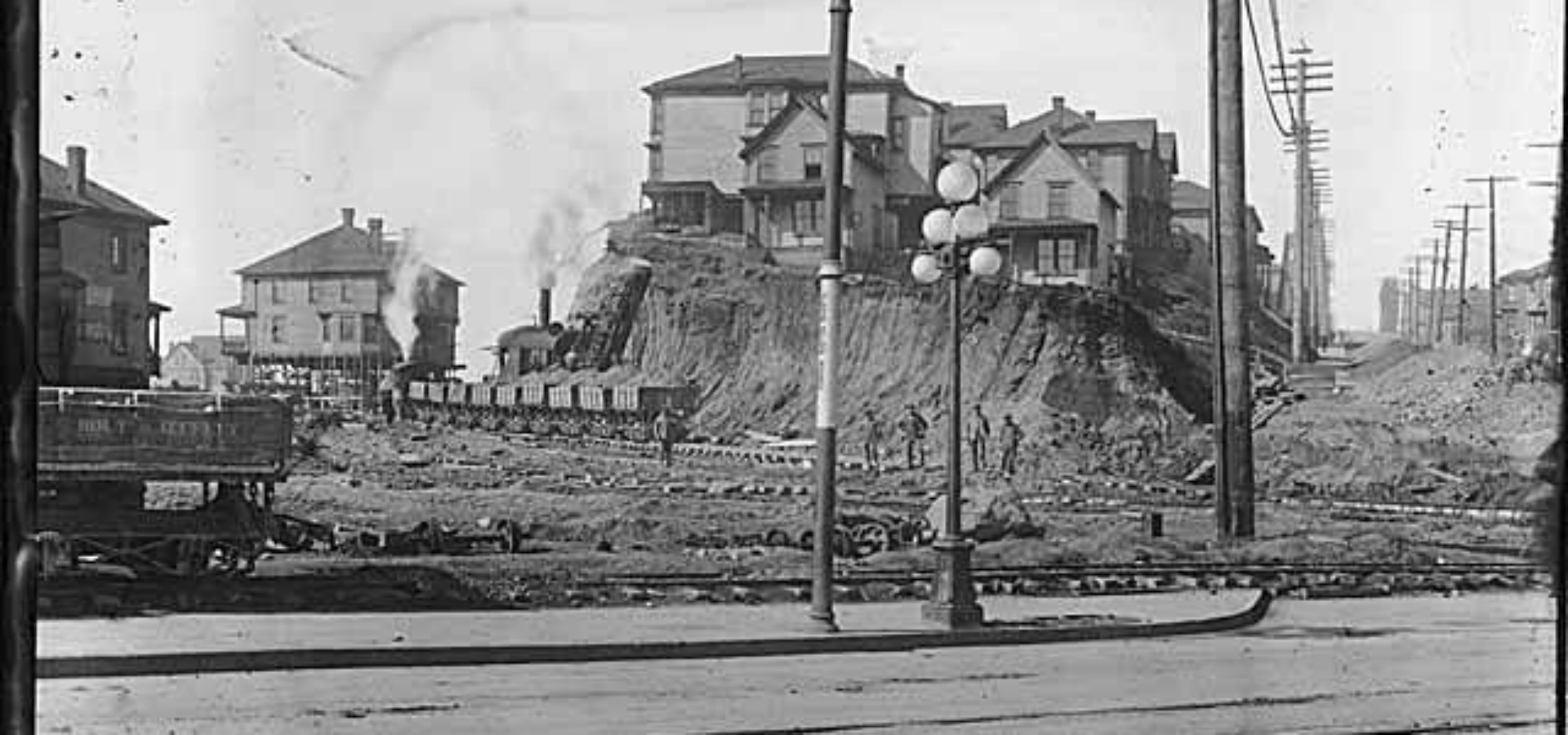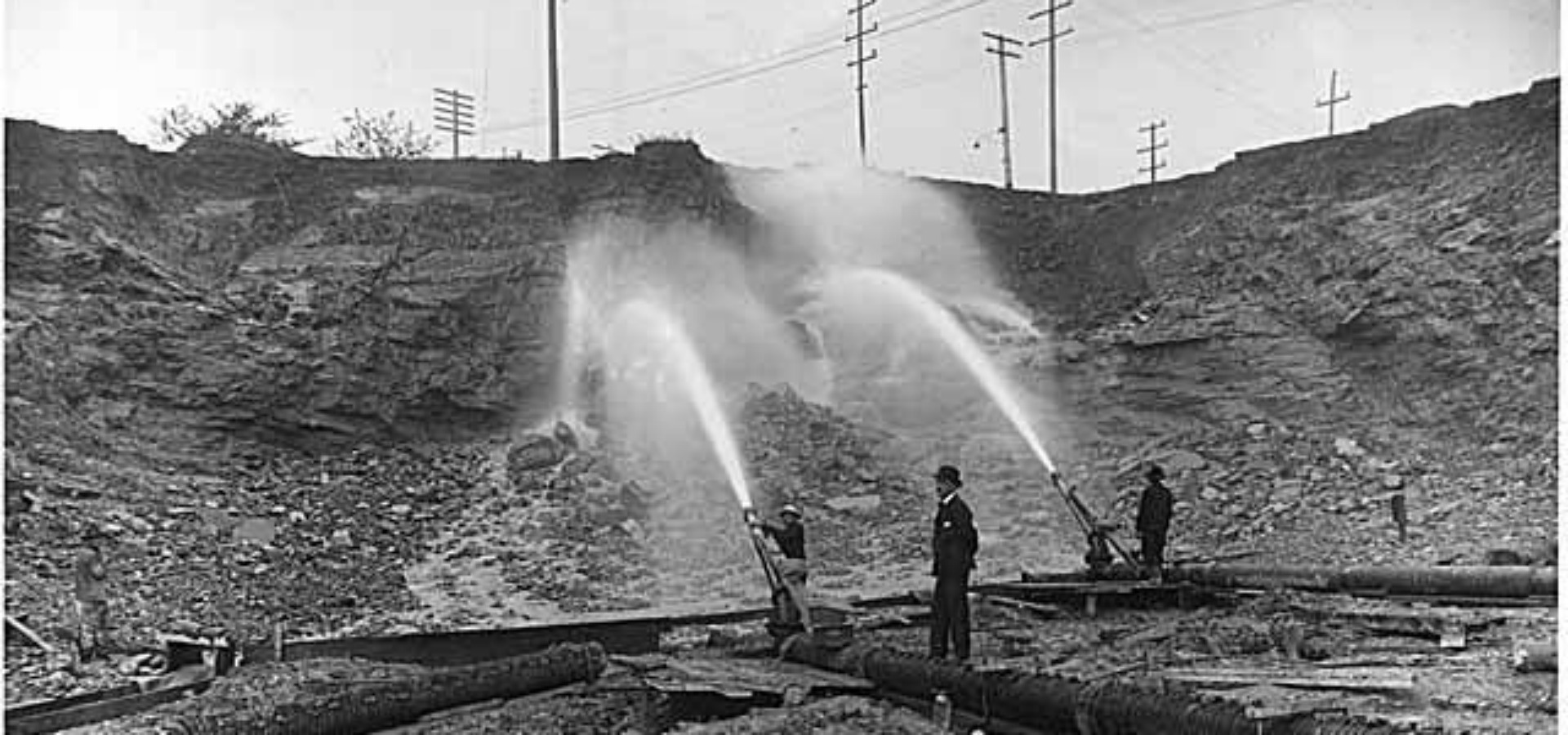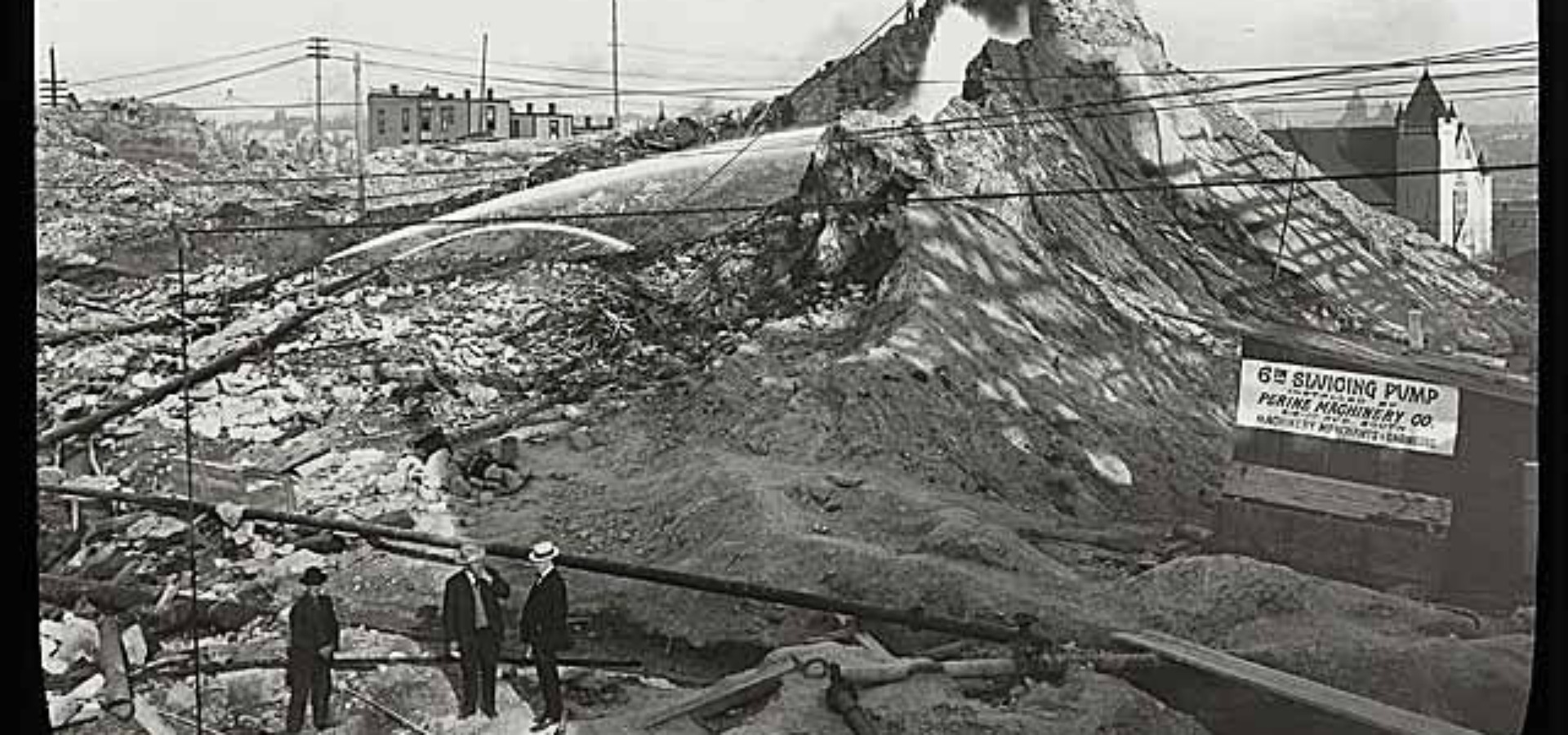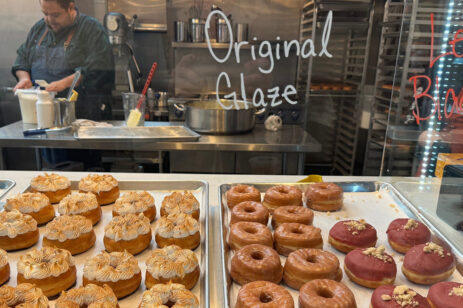Seattle used to be made up of hilly topography, which was even steeper than we see today. In the early 20th century, navigating the city was difficult with horse-drawn carriages, and widespread use of the automobile wasn’t yet prevalent. In the late 1800s until the Great Depression, Seattle underwent a series of “regrading,” which, according to Leonard Garfield, executive director of MOHAI, simply meant reshaping the landscape in whatever way made sense to the engineer of the day. Seattle had several regrading projects, but one of the most notable was the Denny Regrade, which covered approximately 27 city blocks extending from Pine Street to Cedar Street and from Second to Fifth Avenues. By the time regrading was complete, Seattle looked like a different city.
How a major engineering project in the early 1900's transformed the Seattle landscape and set the stage for today’s development.
The regrading strategy was adopted for one main reason—economics. The idea was that reshaping the land would open up the city to more commerce. The earliest urban planners for the city believed that if the streets were at regular angles and at a level elevation, business would thrive.
But Garfield argues that regrading Seattle probably wasn’t necessary and that the city perhaps could have thrived without the projects. “The truth of the matter was that when the regrades were finally finished, it did not necessarily turn out to be a great boon for economic development. The regular ups and downs of the economy seemed to be much more important than the ups and downs of the hills,” he says.
Garfield imagines that without the regrading, Seattle would probably look a lot more like San Francisco does today. And that city is no stranger to economic development. But he also says that while the regrading was a major undertaking for Seattle’s infrastructure, on the grander scale of things the projects didn’t make much of a dent in the city’s dramatic natural setting. “Being surrounded by the Cascades, all the water, we still feel that we live in a very natural setting, except for the fact that Seattle is in many ways is one of the most engineered cities in America. After they regraded the hills, the debris and dirt were used to create Harbor Island, to fill in the tide flats, they were raising levels of the city while lowering others, and of course we created the Ship Canal to lower the level of Lake Washington.”
When the regrading was complete, the Denny area did not turn out to be the great commercial center of the city as was planned. Instead, it became a peripheral area home to working class apartments, an auto row, and warehouses. But fast forward almost a hundred years to an age when technology rather than topography is an economic driver, and we have our modern Regrade neighborhood. “Interestingly these areas have fulfilled the dreams of the original planners, it’s just that it happened much later and for much different reasons,” Garfield says.
Stay tuned for part two of this story, where we explore today’s Regrade neighborhood in detail.
Story by Ethan Chang and Photographs Courtesy of MOHAI.
At The Center
SLU is the geographical center of Seattle





